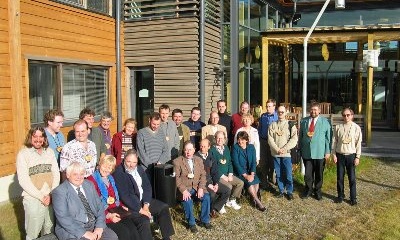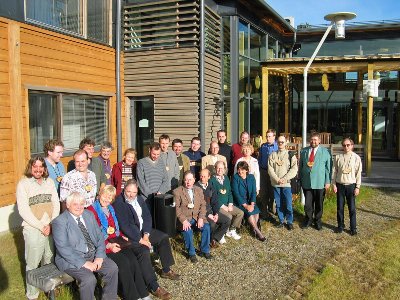Collaboration of the University of Nova Gorica within the international group of scientists working on remote sensing of the processes in the ionosphere and magnetosphere by means of radio waves (VERSIM)
In January 2009, the physicists of the University of Nova Gorica officially joined the international group of scientists VERSIM (VLF/ELF Remote Sensing of Ionospheres and Magnetospheres), devoted to studying the processes in the upper, charged layers of the Earth atmosphere – the ionosphere and the magnetosphere, by means of radio waves.
Since 2004, the University of Nova Gorica has developed an active collaboration with the Institute of Physics, Belgrade in the field of data analysis and modelling of the processes in the lower ionosphere. The idea of joining research efforts came along in 2003, with the installation of the receiver of electromagnetic signals (AbsPAL) of very low frequencies (below 30kHz) at the Institute of Physics, Belgrade. The AbsPAL receiver monitors amplitude and phase variations of signals emitted by long wavelength transmitters from Great Britain, France, USA and Australia, which propagate around the Earth by interacting with its ionosphere.
From the beginning of the Observatory operation, data recordings and analysis have provided better understanding and better guidance to the modeling of the processes in the lower, so called, D- region of the ionosphere. This is situated at 60 to 90 km above the surface, being the first naturally occurring plasma when travelling into space. The collaboration between the two institutions resulted in a joint experimental (Institute of Physics, Belgrade) and theoretical (University of Nova Gorica) expertise in the field, thus improving our understanding of the complex interplay between the Solar activity and the Earth ionosphere.
Contact
Andreja Leban
Public Relations
T: +386 5 3315 397
E: andreja.leban@ung.si


